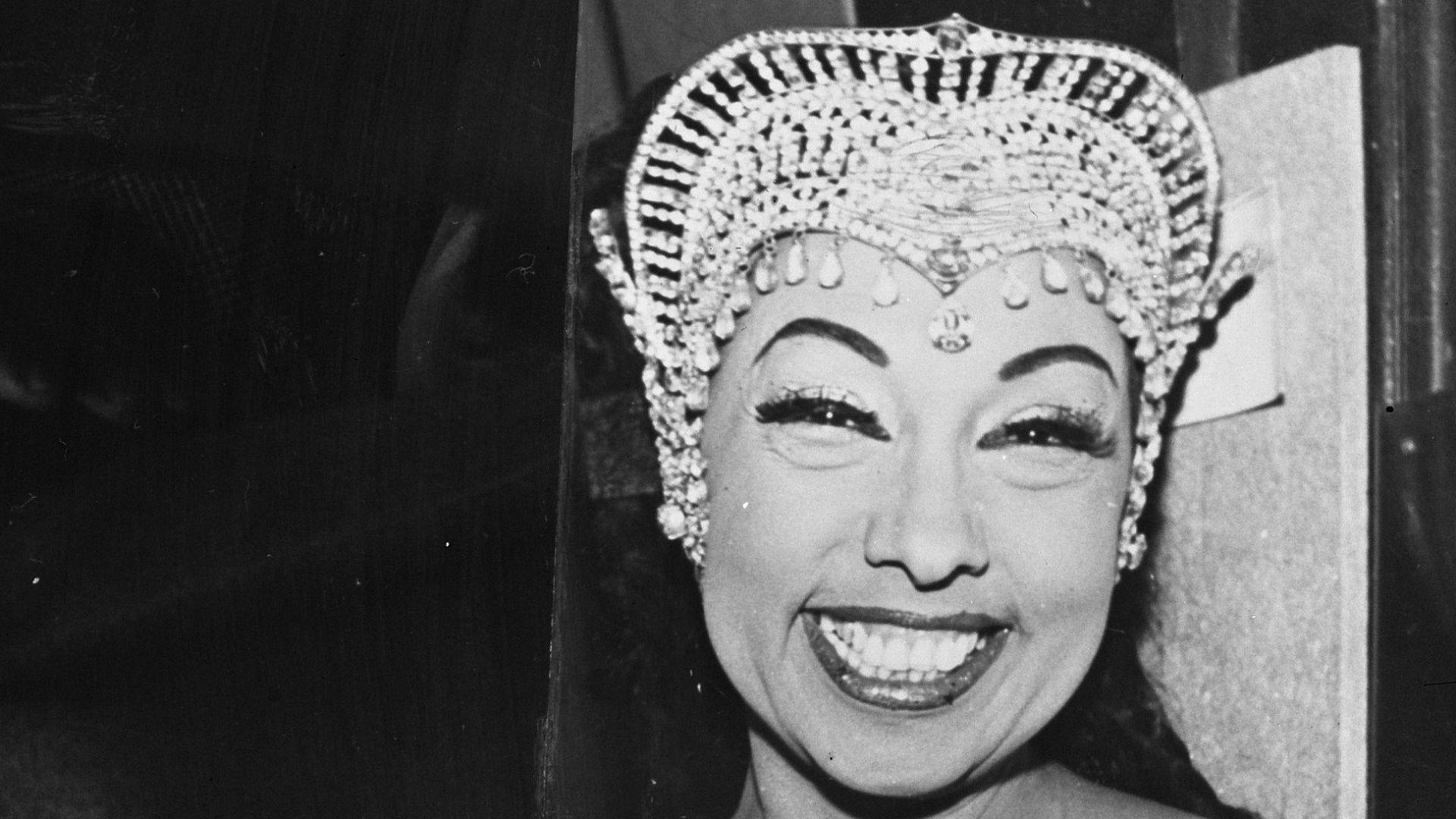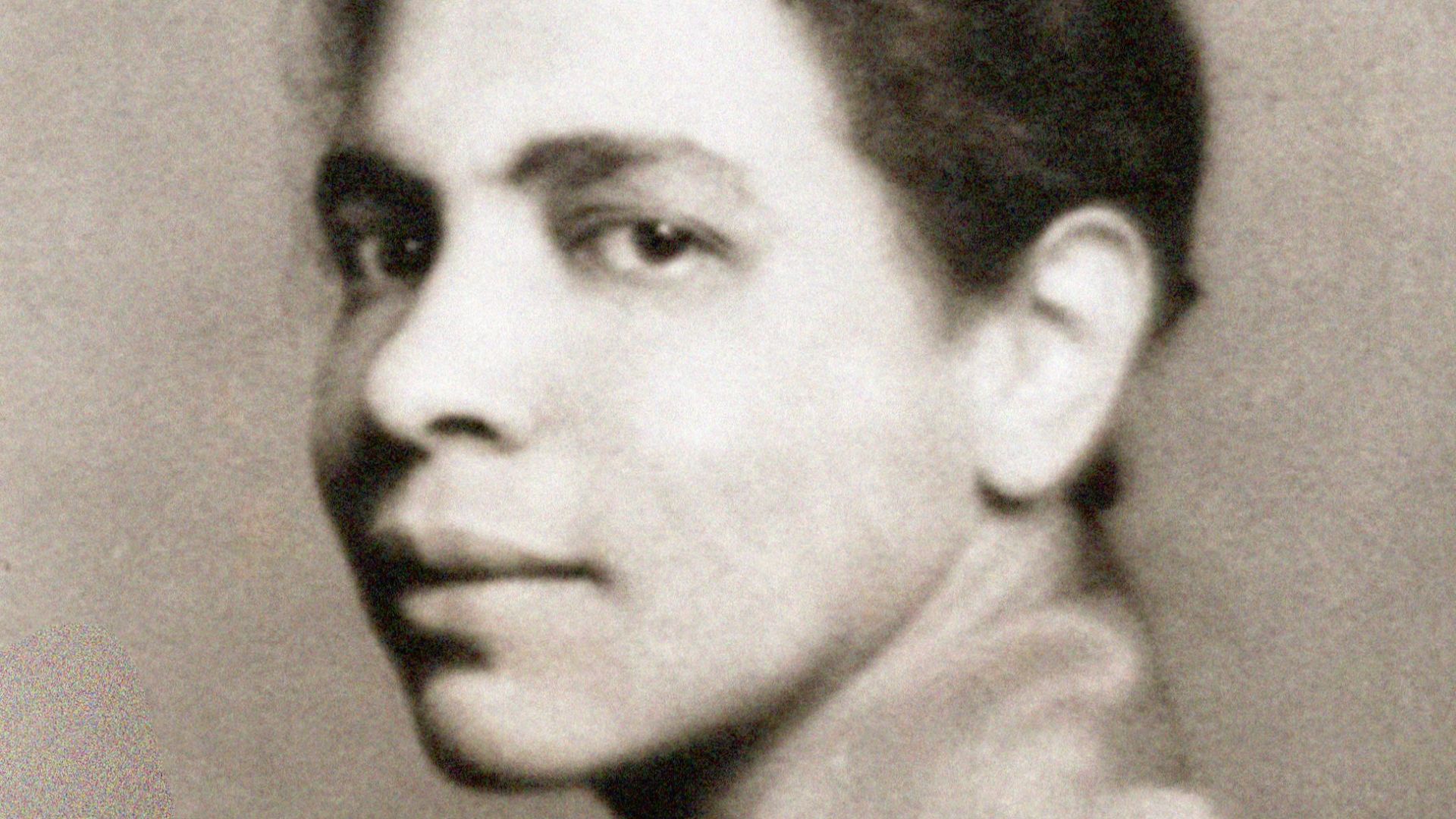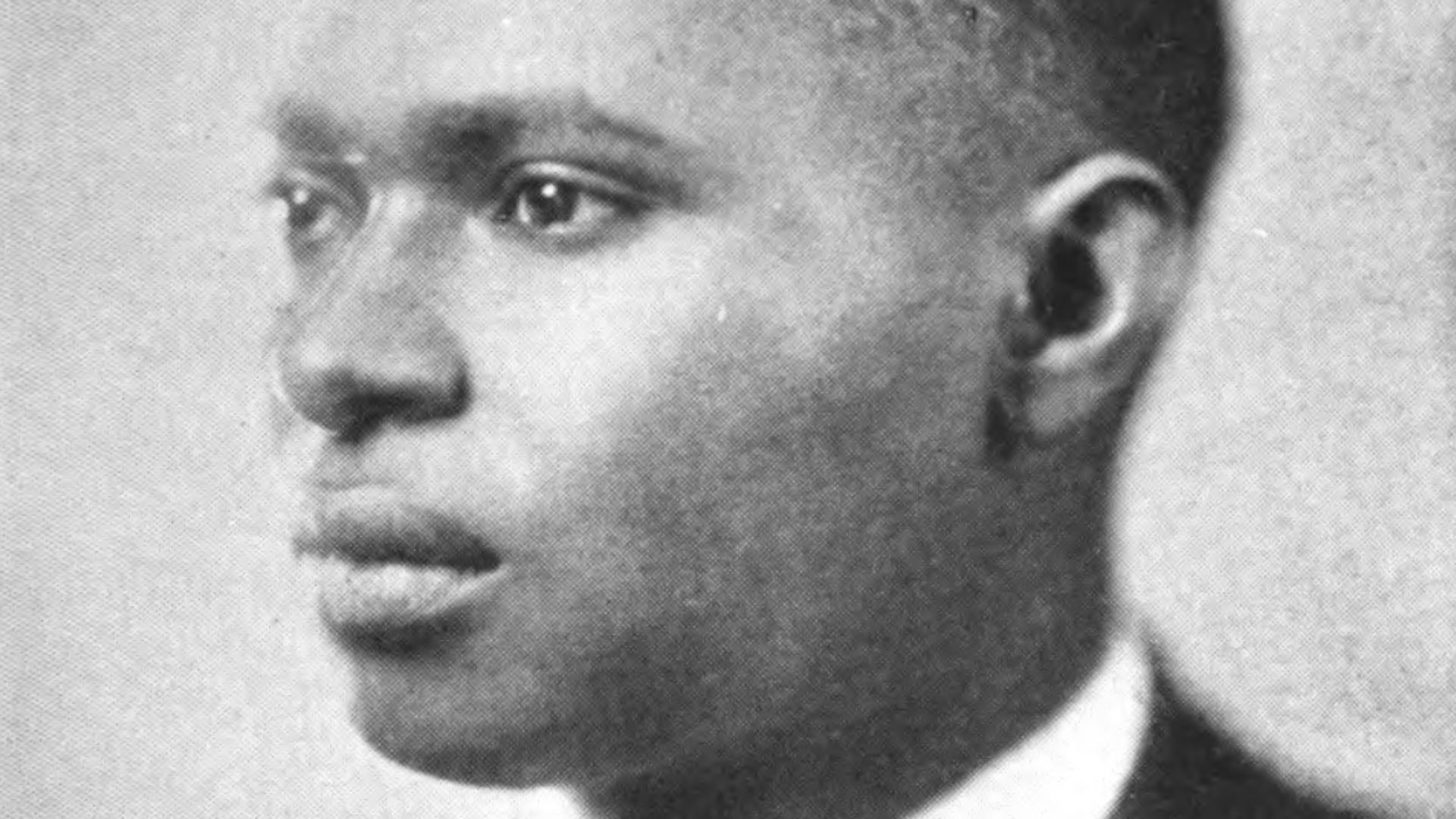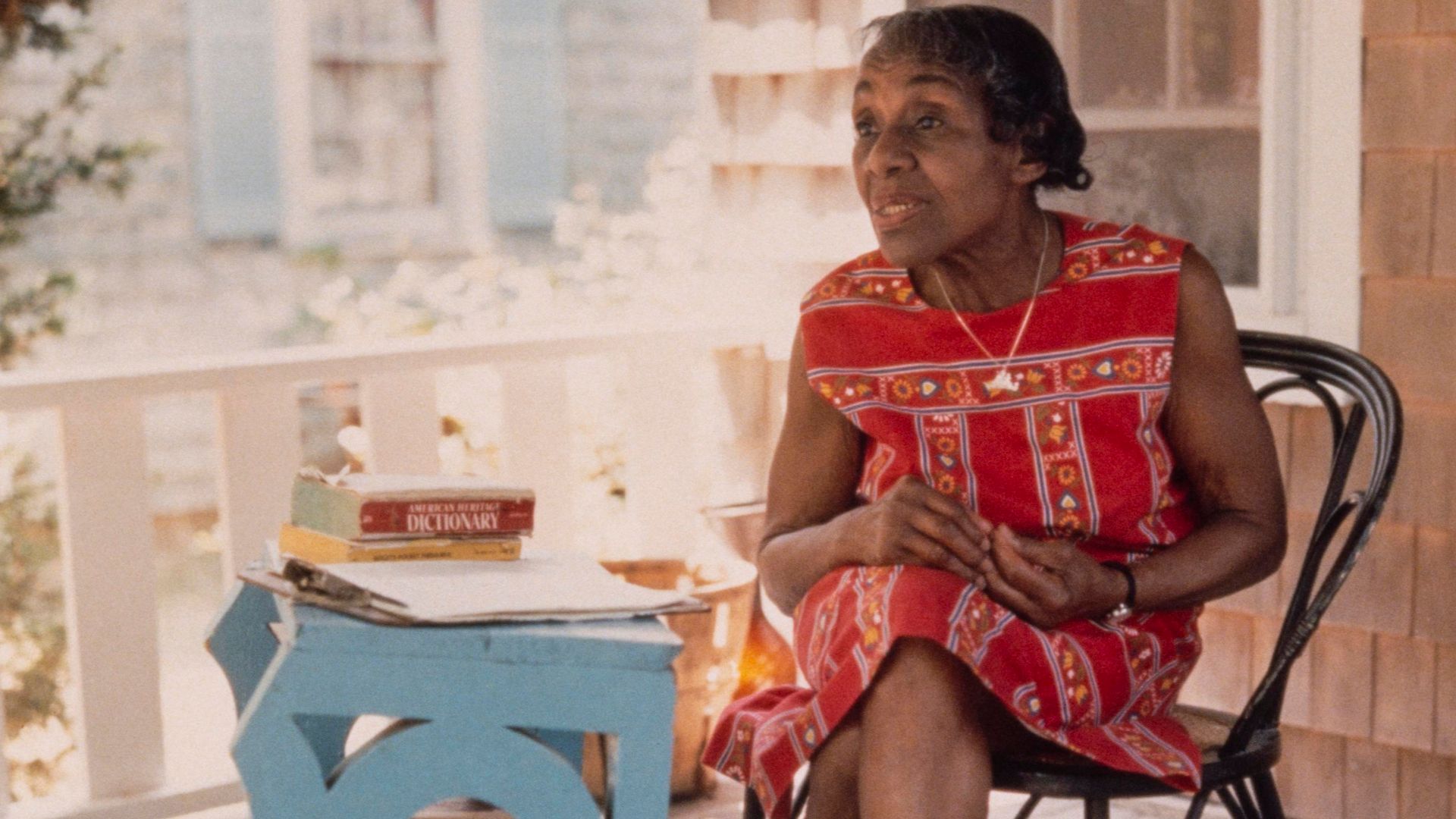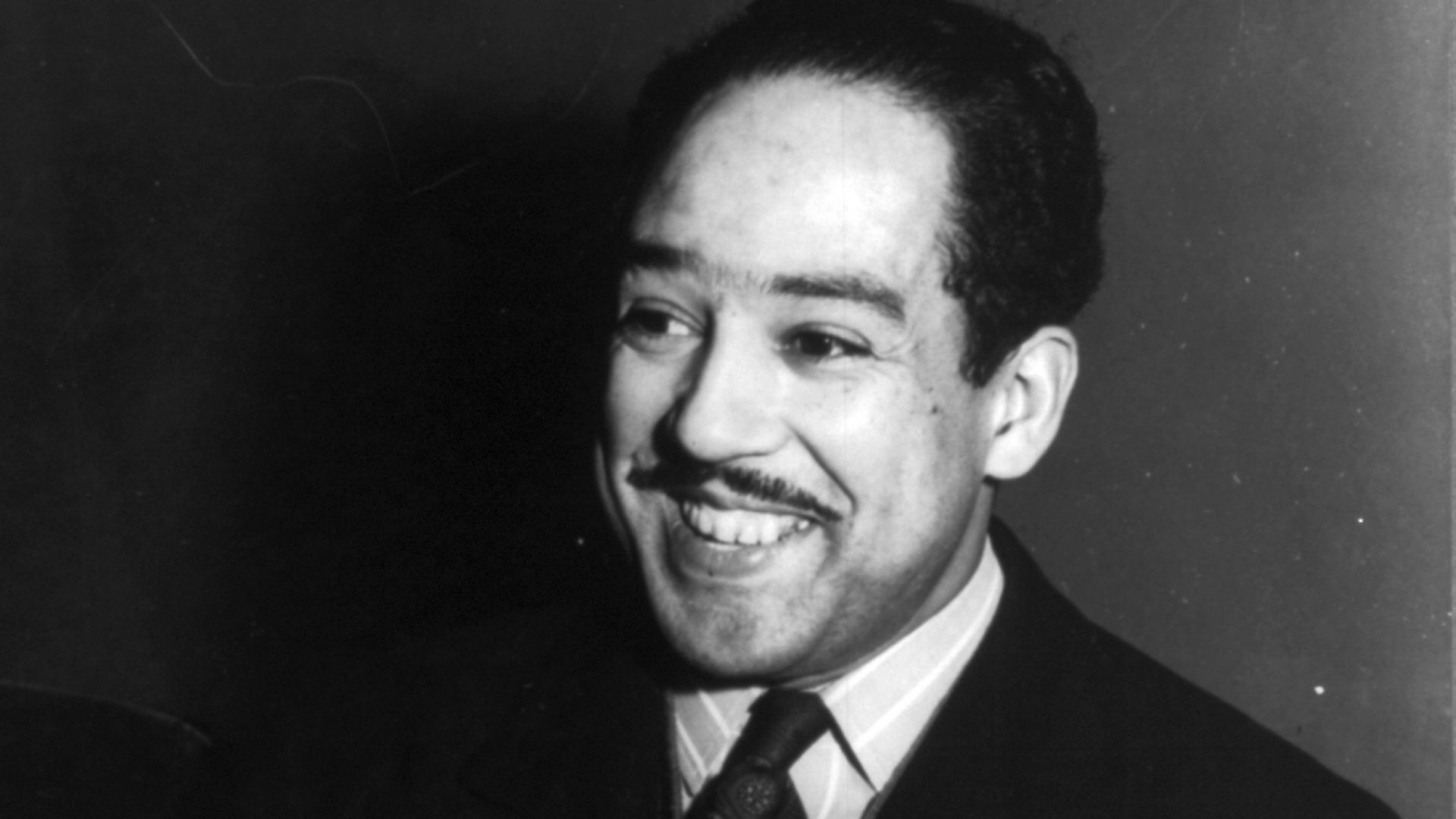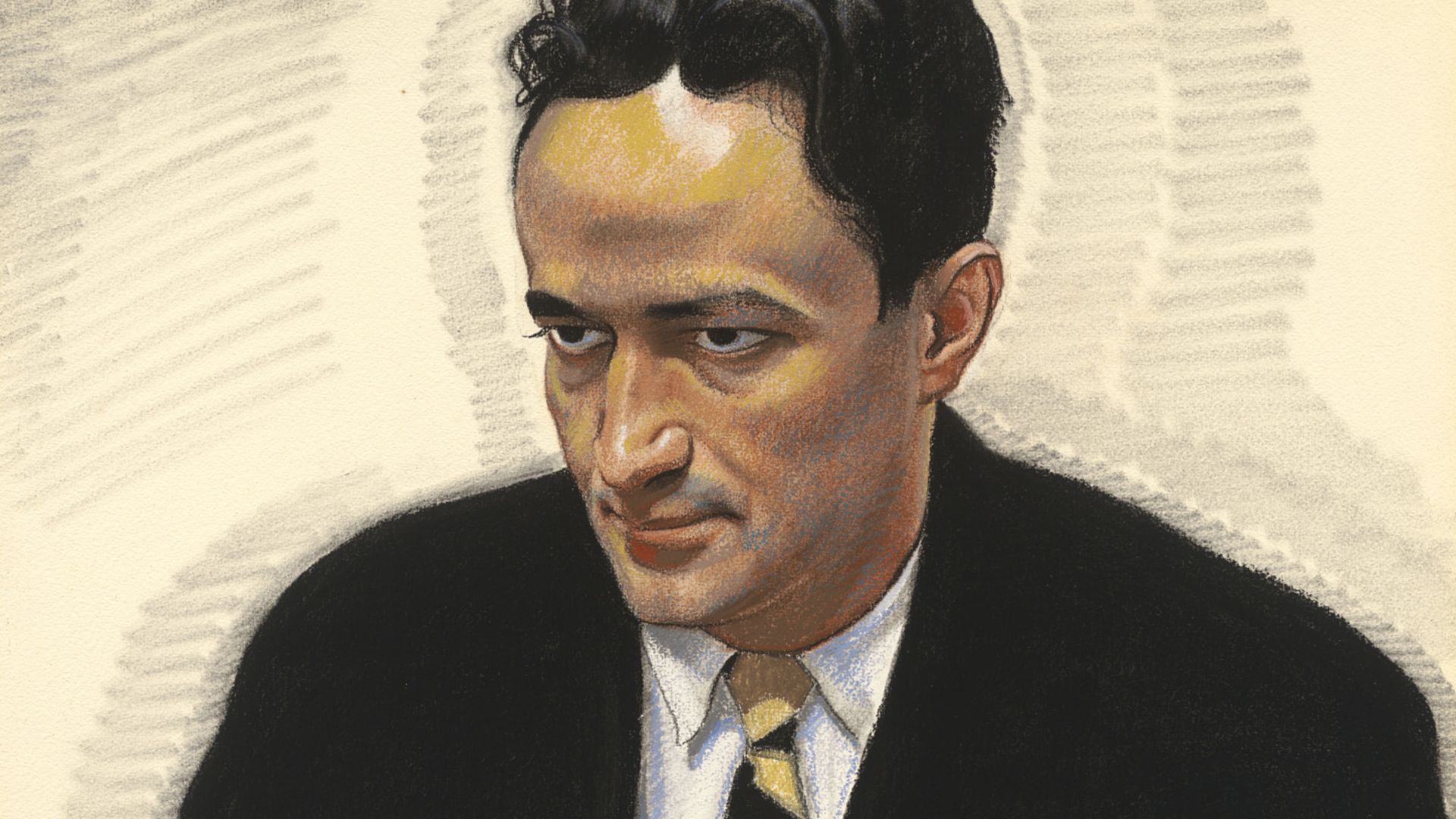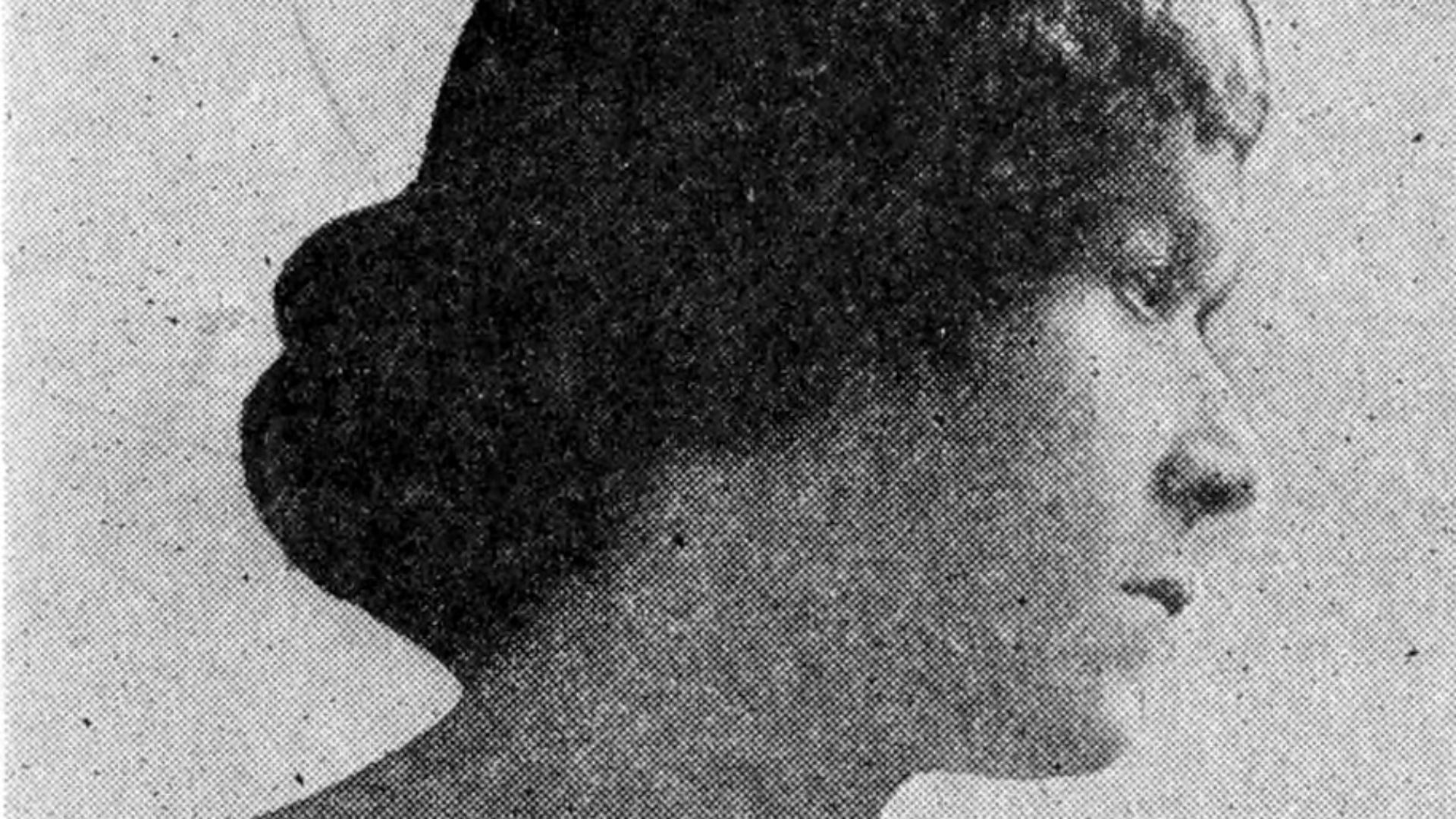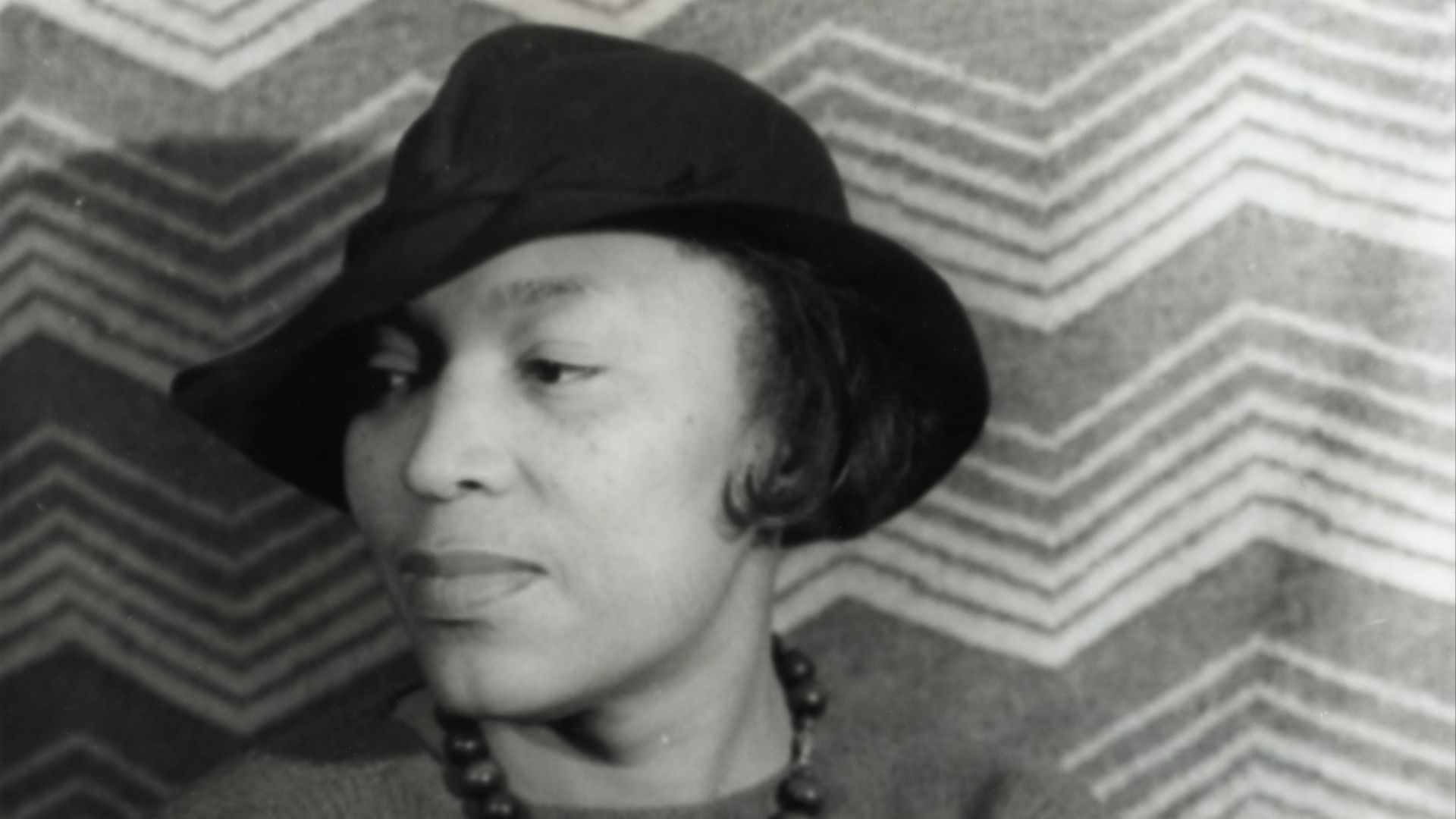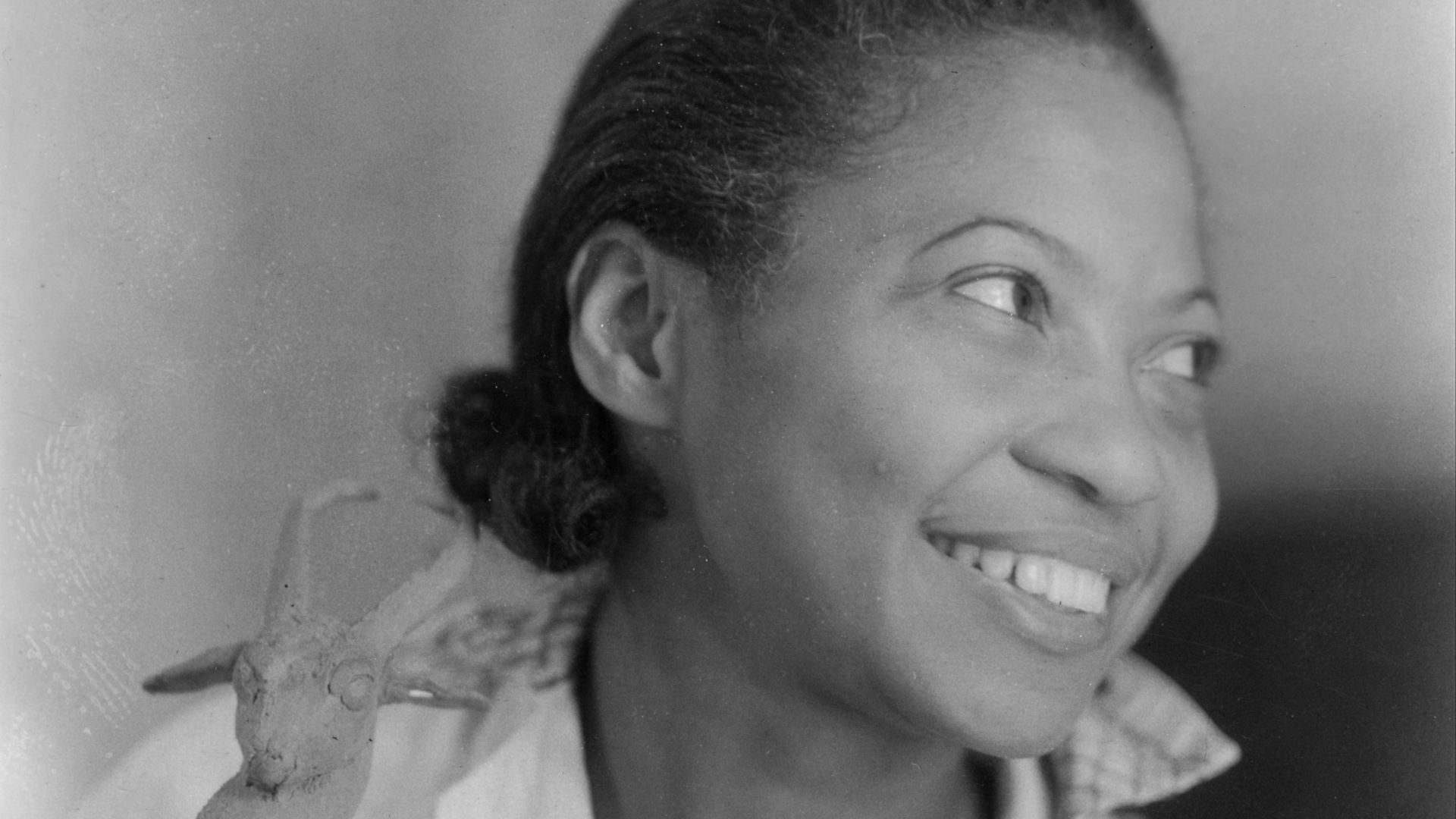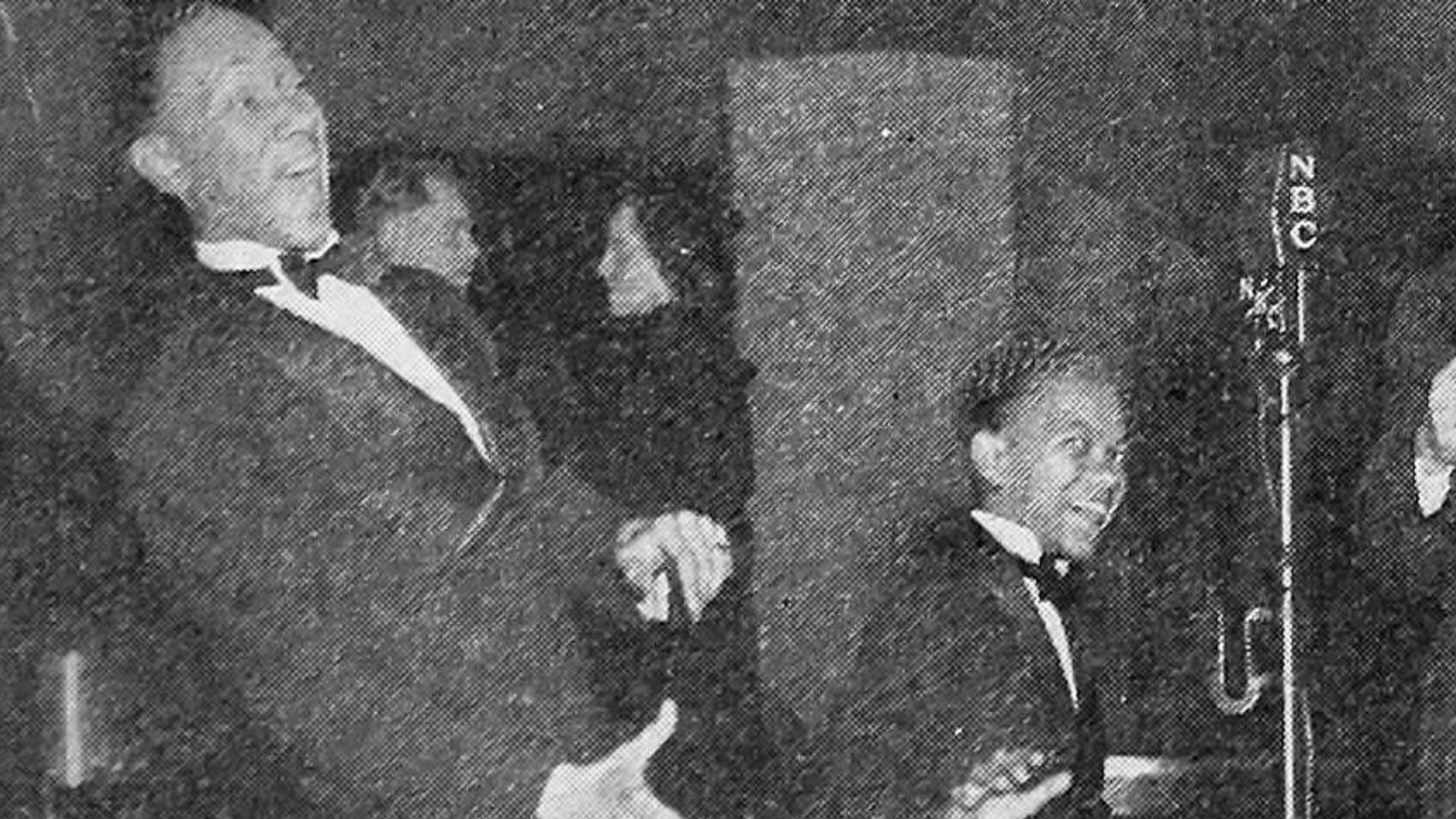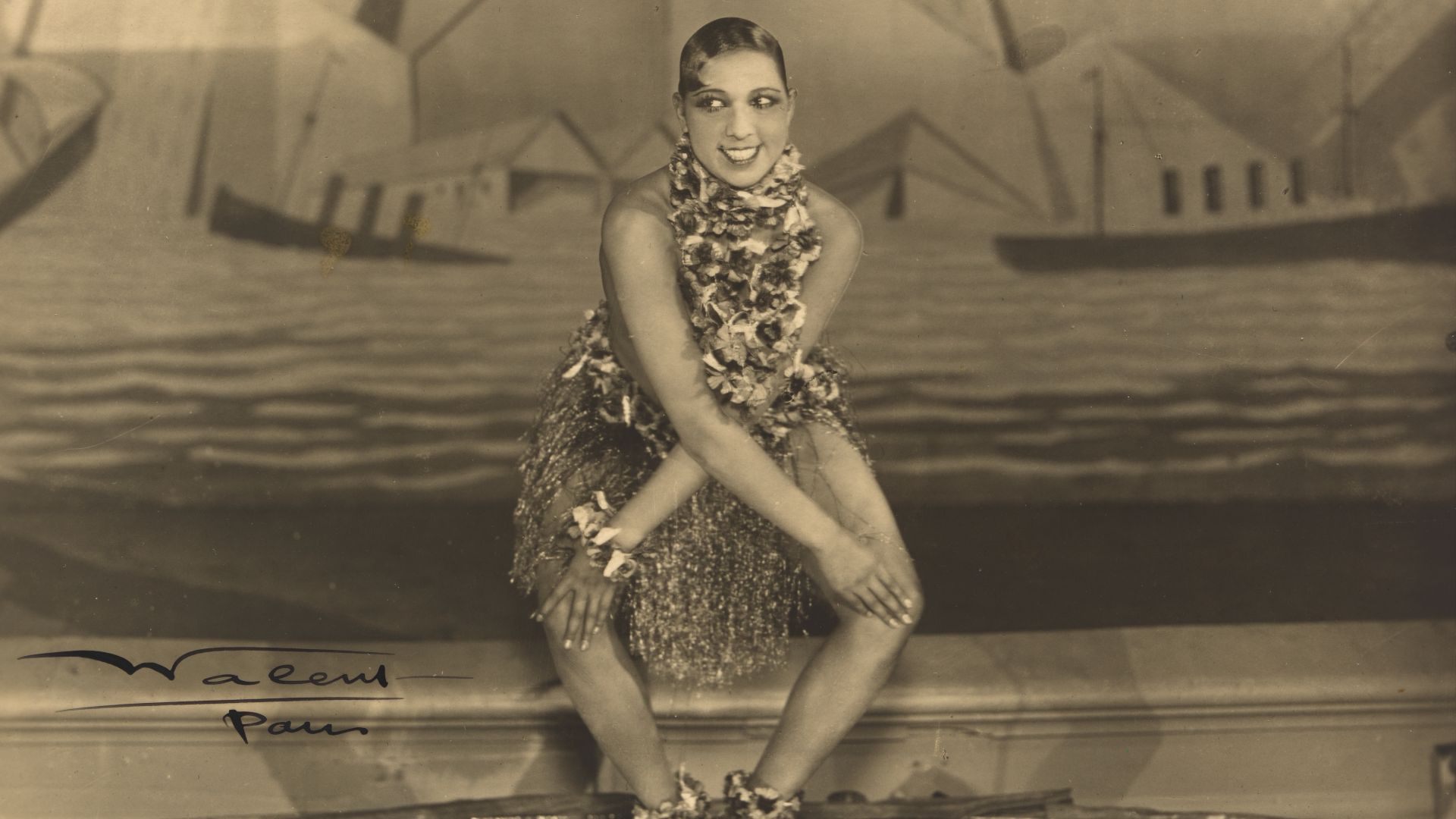Enduring Works And Lasting Legacies
In the Roaring 1920s, the NYC borough of Harlem was a hub for artistic and intellectual output by Black creatives. Considered one of the most important literary and artistic periods in American history, the Harlem Renaissance introduced the white mainstream to figures such as Josephine Baker and Langston Hughes. Here are 20 formative figures of the movement, some familiar, others less so.
1. Jessie Fauset
Jessie R. Fauset was an editor, novelist, and educator often called "the midwife of the Harlem Renaissance". Fauset's editorial work at the NAACP magazine The Crisis introduced the world to several figures on this list such as Nella Larsen and Nella Larsen. Much of Fauset's literary work was centered around ideas of "passing" and feminism.
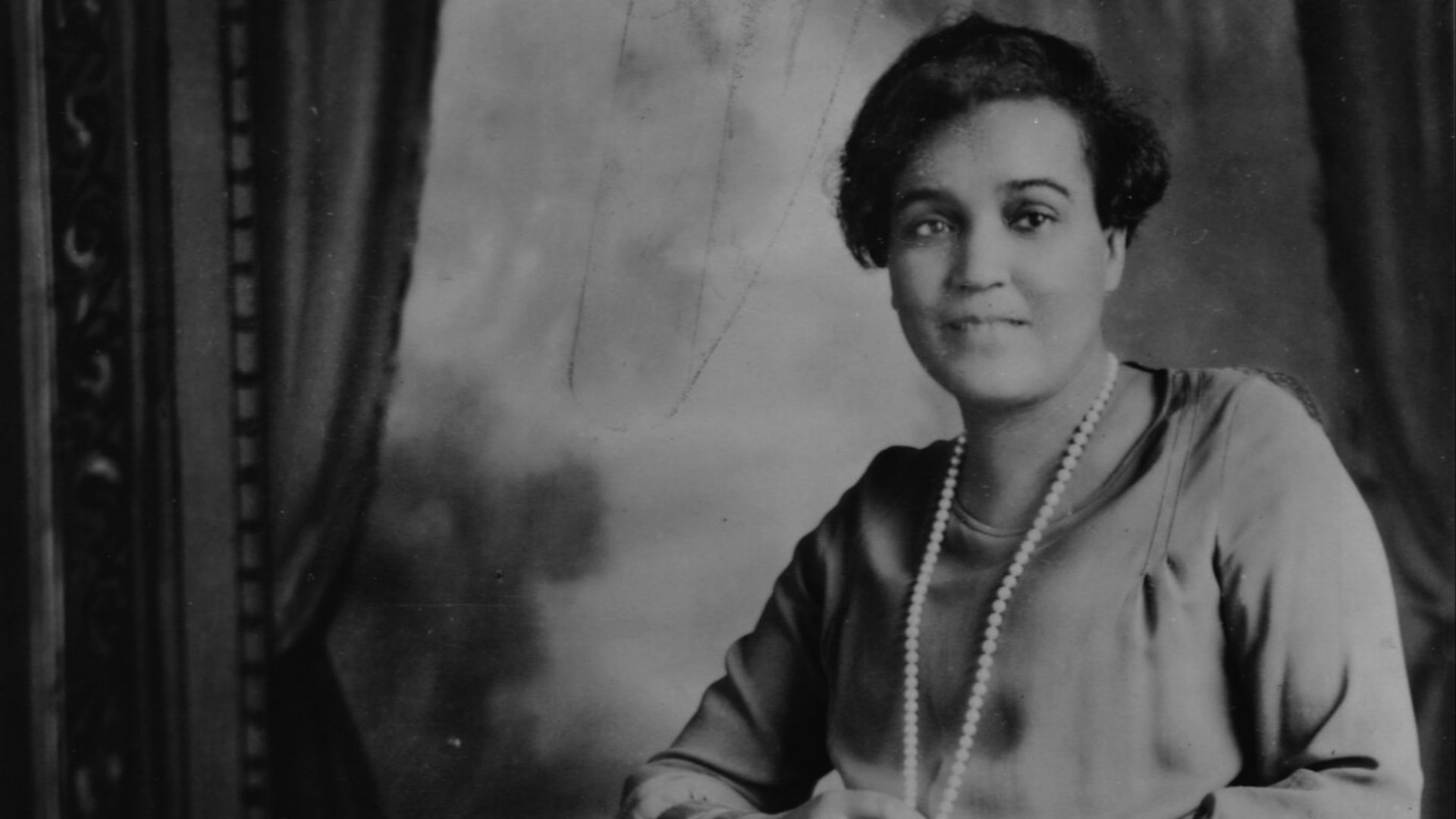 AnonymousUnknown author on Wikimedia
AnonymousUnknown author on Wikimedia
2. Claude McKay
Jamaican-born Claude McKay was a poet and political activist. While abstract and stream-of-consciousness styles gained popularity, McKay returned to the antiquated form of the sonnet to write his verse. "If We Must Die", published in response to mob violence, was later used as a rallying cry by the British during WWII.
 Unknown artistUnknown artist on Wikimedia
Unknown artistUnknown artist on Wikimedia
3. Gladys Bentley
The Harlem Renaissance saw significant overlap with the early LGBTQ movement with figures such as Gladys Bentley. Bentley was a singer and pianist known for her flirtatious lyrics, contralto singing voice, and masculine attire. Responding to an ad for a male pianist, Bentley appeared in her signature tail coat and top hat.
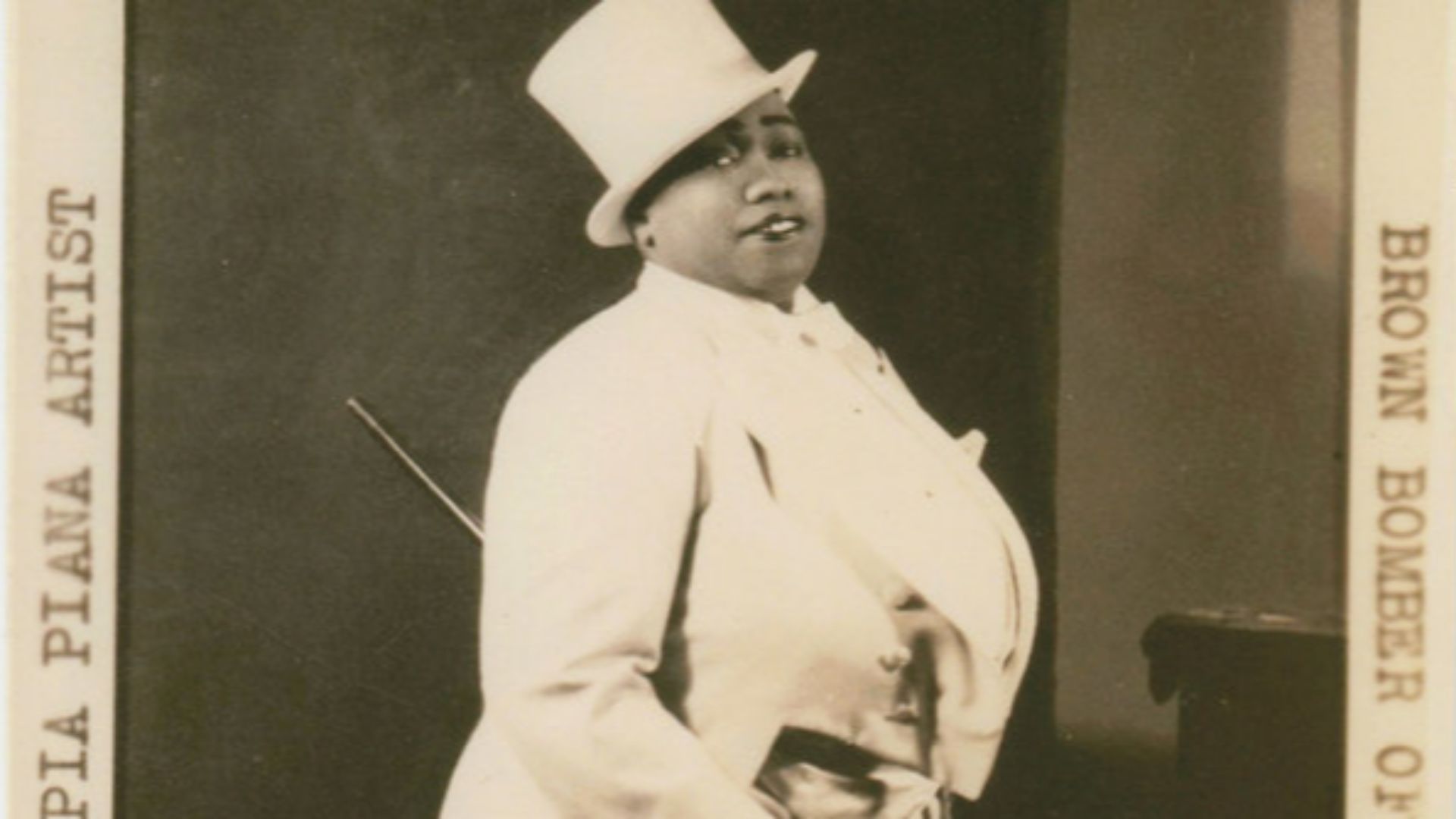 AnonymousUnknown author on Wikimedia
AnonymousUnknown author on Wikimedia
4. Nella Larsen
Raised by Danish parents, Nella Larsen had little connection to Black Life until university. After settling in New York, Larsen worked as a nurse and children's librarian, publishing only two, luminous novels in her short career. Larsen's work featured characters with similarly mixed heritage, struggling to find a place in the world.
5. Countee Cullen
Countee Cullen was first awarded for his poetry in high school, and published his debut collection the year he graduated university. Cullen was inspired by Romantic-era poets such as John Keats and Lord Byron; he blended European verse with explorations of African-American life. Cullen believed that poetry transcended race and could bring people together.
6. Marcus Garvey
A Pan-Africanist, Marcus Garvey sought to strengthen bonds and encourage pride among the African diaspora. Garvey saw himself as a modern-day Moses who encouraged the back-to-Africa movement with an ultimate goal of a unified Africa under his leadership. However, Garvey was, and remains, a controversial figure due to his belief in racial separatism.
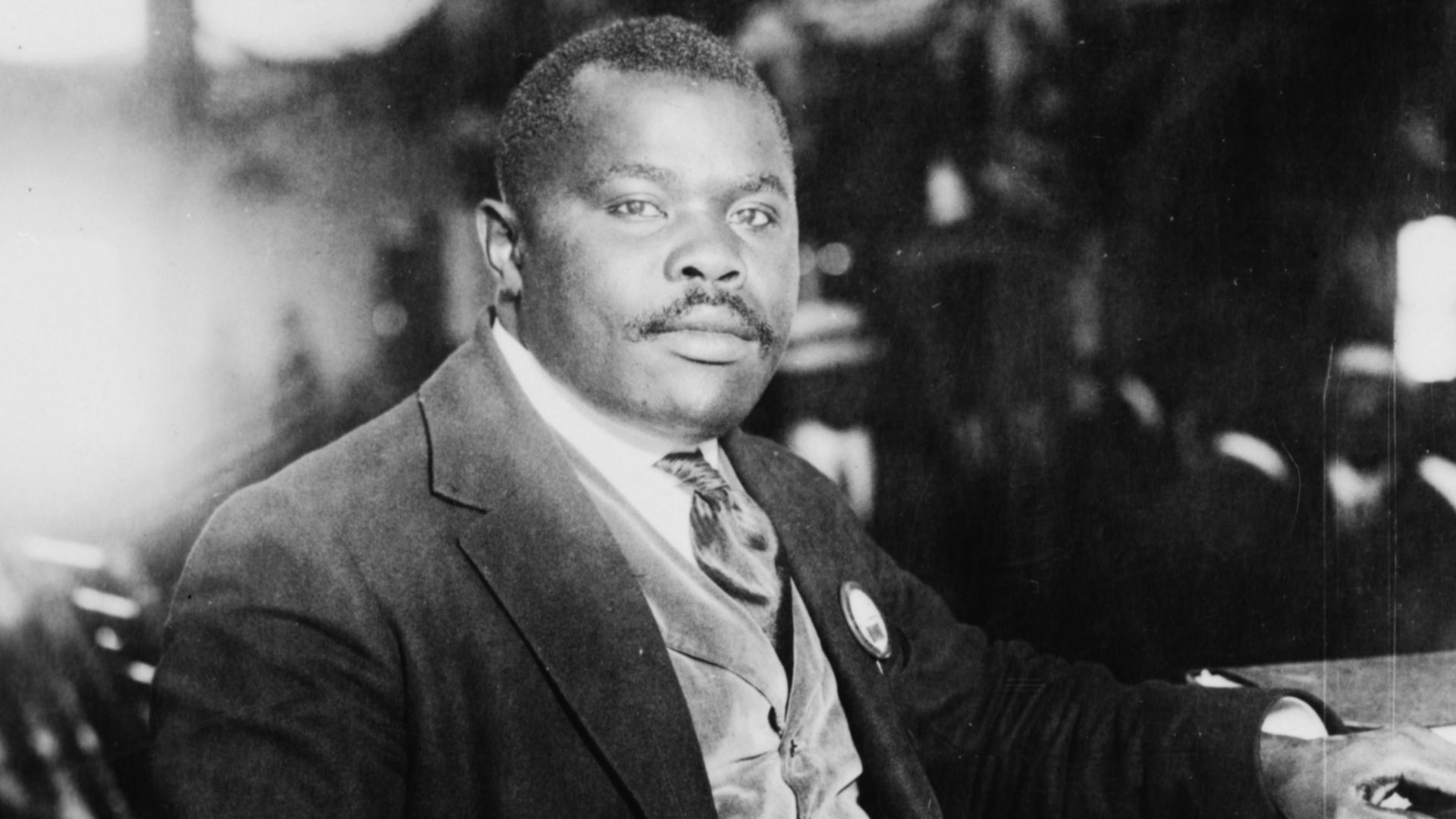 from George Grantham Bain Collection on Wikimedia
from George Grantham Bain Collection on Wikimedia
7. Dorothy West
The youngest member of the Harlem Renaissance, Dorothy West published her first short story at just 14 years old! Growing up in an affluent household, West came to New York with a financial leg-up that many of her fellows lacked. West used this privilege not only to fund her own writing career, but platform emerging writers in her radical magazines.
8. Langston Hughes
One of the most recognizeable figures of the Harlem Renaissance, Langston Hughes was a poet, novelist, and playwright. Hughes' poetic innovations in meter and imagery sought to capture the struggle, joy, and music of working-class Black life. Hughes was first published in 1921 by none other than Jessie Fauset!
9. Jean Toomer
Jean Toomer would likely take umbrage with his inclusion on this list, as he considered himself an "American writer" rather than a Black one. Toomer believed his "racial composition" was nobody's business but his own, threatening the publication of his book Cane if he was labeled a "Negro writer". Begrudgingly, Toomer let his publisher use the term to increase sales, as emerging Black writers saw increased sales.
10. Paul Robeson
Paul Robeson was an actor and activist, known for his powerful bass-baritone voice. Robeson starred in numerous productions on Broadway; his production of Othello—the first with a Black actor in the role—still holds the record for the longest-running Shakespeare production on Broadway. Robeson was unfortunately blacklisted in the 1950s for refusing to recant his left-wing views.
11. James Weldon Johnson
A writer and activist, James Weldon Johnson was the executive secretary of the NAACP for 10 years. Johnson was also appointed consul in Venezuela and Nicaragua under Theodore Roosevelt. Johnson's hymn "Lift Every Voice and Sing" was dubbed the Black national anthem.
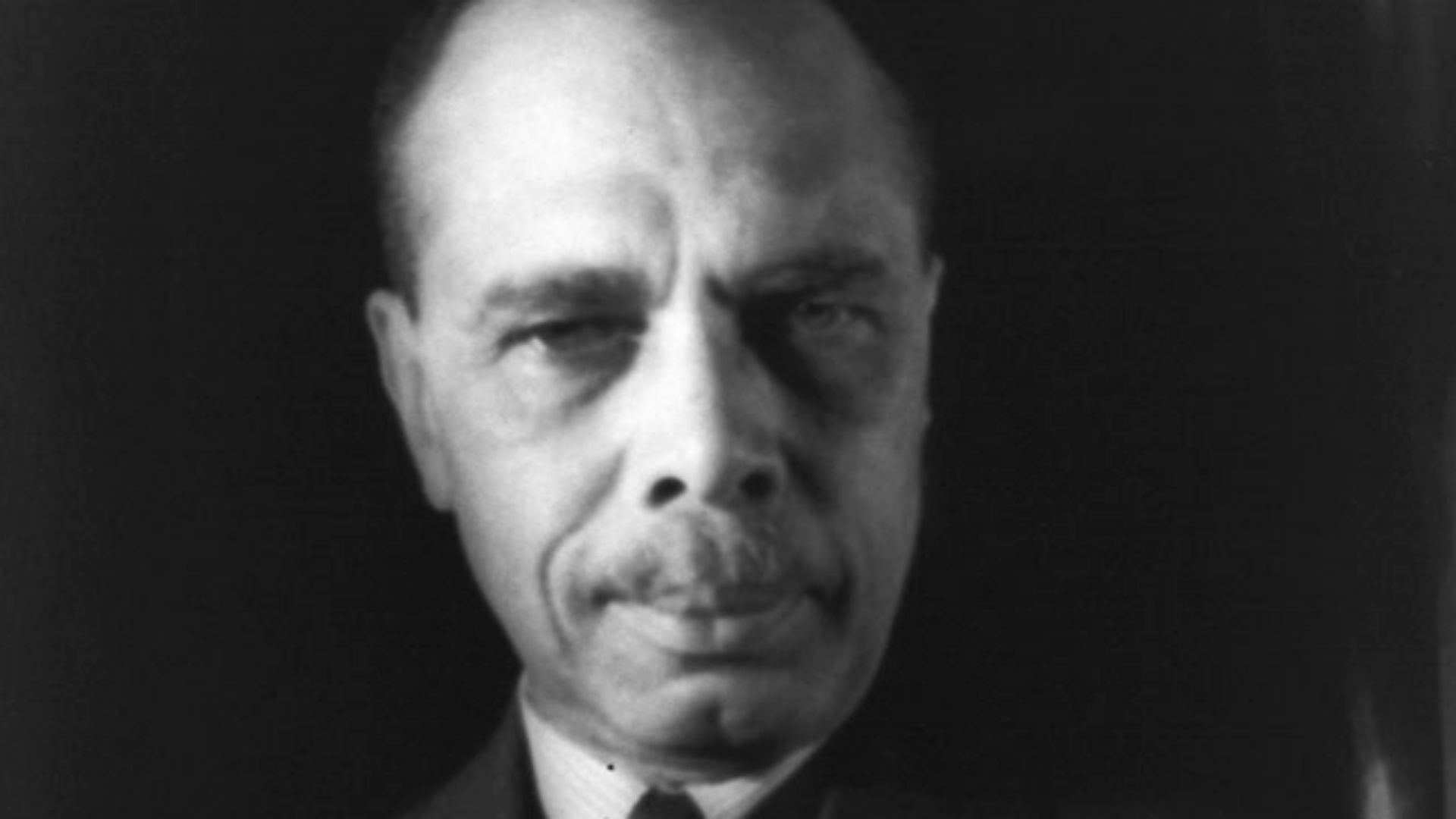 The Library of Congress from Washington, DC, United States on Wikimedia
The Library of Congress from Washington, DC, United States on Wikimedia
12. Georgia Douglas Johnson
Unrelated to James Weldon Johnson, Georgia Douglas Johnson was one of the earliest women to be involbed with the Harlem Renaissance. Against her husband's wishes, Johnson published her poems in The Crisis to great acclaim. After she was widowed, Johnson hosted a literary salon for the following 4 decades, which allowed Black creatives to nurture their craft.
13. Zora Neale Hurston
Today, Zora Neale Hurston is best known for her 1937 novel Their Eyes Were Watching God. Less well-known are her contributions to enthnography and anthropology. Hurston was a dedicated folklorist who travelled across North America documenting traditional folklore, literature, and cultural practices from the African diaspora.
14. Augusta Savage
As a child in Florida, Augusta Savage used her hometown's natural clay to sculpt small animals, a hobby her religious father disapproved of. Thankfully, Savage was given a scholarship to study art in New York where she honed her craft. Savage was given commission to design a sculpture for the 1939 World's Far in New York, which she based on a poem by James Weldon Johnson!
15. Alain Locke
An educator, philosopher, and writer, Alain Locke was one of the Harlem Renaissance's chief architects. Locke is best remembered for his concept of the New Negro: one who resisted stereotypes in favor of complex, self-actualized identity. Locke became the first African-American Rhodes Scholar in 1907 and would be the only one until 1963.
 Betsy Graves Reyneau on Wikimedia
Betsy Graves Reyneau on Wikimedia
16. The Nicholas Brothers
Fayard and Harold Nicholas were among the greatest tap dancers of all time. When the boys were still teenagers, they became a featured act at Harlem's Cotton Club, renowned for quick and acrobating moves. Their "Jumpin' Jive" routine in Stormy Weather is considered one of the greatest dance routines ever captured on film.
17. James Van Der Zee
When James Van Der Zee moved to Harlem, he planned to make a living as a professional violinist. However, Van Der Zee's calling turned out to be photography, which he used to document the emerging Black middle class. Many of his photos centered around domestic spaces: weddings, funerals, and family life.
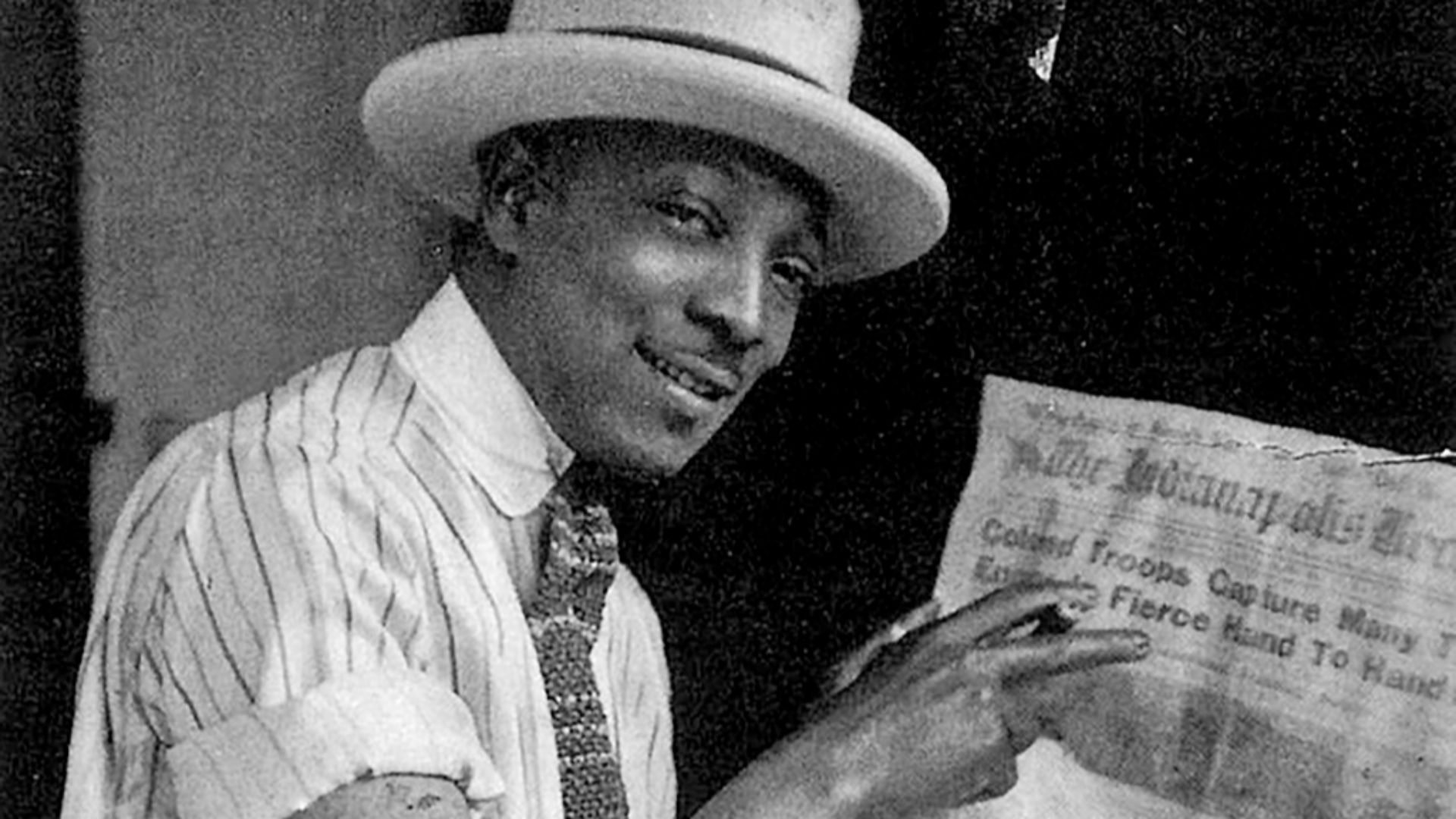 James Van Der Zee on Wikimedia
James Van Der Zee on Wikimedia
18. Eulalie Spence
Born in Nevis, Elulalie Spence was one of the most accomplished female playwrights of the early 20th century. Despite this, Spence saw her plays as fun entertainment rather that artistic works. Spence mentored up-and-coming producers and directors, one of whom went to found Shakespeare in the Park.
 Unknown authorUnknown author on Wikimedia
Unknown authorUnknown author on Wikimedia
19. Pauline Hopkins
While Pauline Hopkins spent the majority of her life in Boston and did the majority of her work in the decades prior to the Harlem Renaissance, she is nonetheless credited with laying the groundwork for the movement. Hopkins edited the Colored American Magazine, used romance novels to explore racial themes, and wrote an early Afrofuturist novel, Of One Blood.
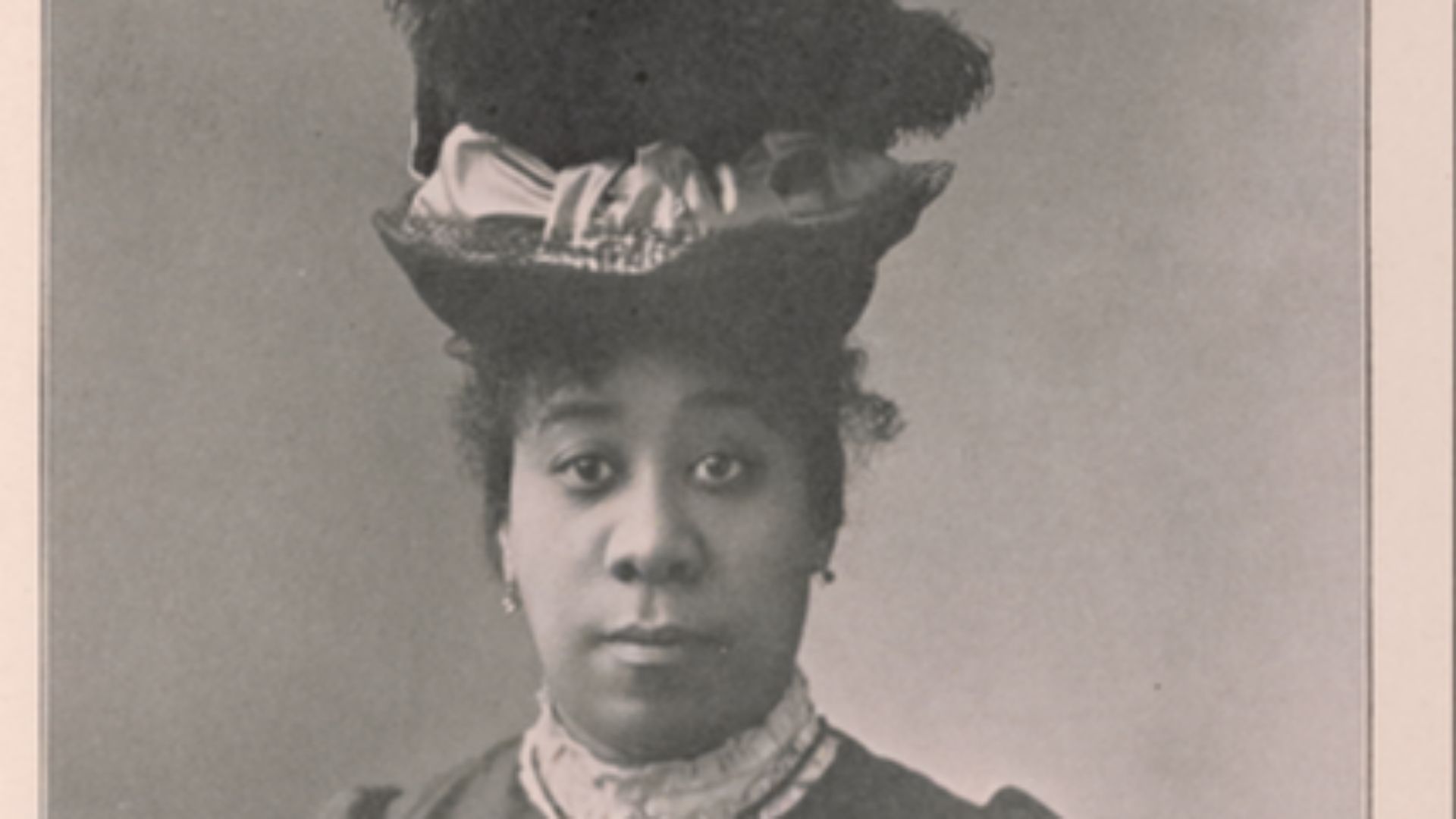 AnonymousUnknown author on Wikimedia
AnonymousUnknown author on Wikimedia
20. Josephine Baker
Singer, dancer, actress, spy Josephine Baker was an international sensation. When she was just 15, she landed a chorus part in Shuffle Along, the first all-Black Broadway hit. Baker saw the most success across the Atlantic, where she headlined Paris music halls and spied for the French during WWII.
KEEP ON READING

The 10 Most Important English Authors & Their 10 Most…
Famous Pens, Less Famous Pages. There are a few names…
By Ashley Bast Dec 31, 2025
20 Historical Figures Who Became Martyrs for Their Cause
When Belief Becomes a Final Stand. Martyrdom transforms death into…
By Cameron Dick Dec 31, 2025
20 TV Shows That Made History and Broke Barriers
Survivor Reshaped The Television Landscape. Television has continually evolved, but only…
By Rob Shapiro Dec 31, 2025
10 Historical Royals Known For Their Intelligence & 10 For…
The Weirdest Kings. Intelligent royals brought us innovative and progressive…
By Farva Ivkovic Dec 31, 2025
10 Times The Lakers Made History & 10 Moments That…
Let’s Talk About the Lakers. Few teams have brought highs…
By Farva Ivkovic Dec 31, 2025
20 Most Significant Cars In American History
Driving Into the Past. The car has defined America as…
By Farva Ivkovic Dec 31, 2025

